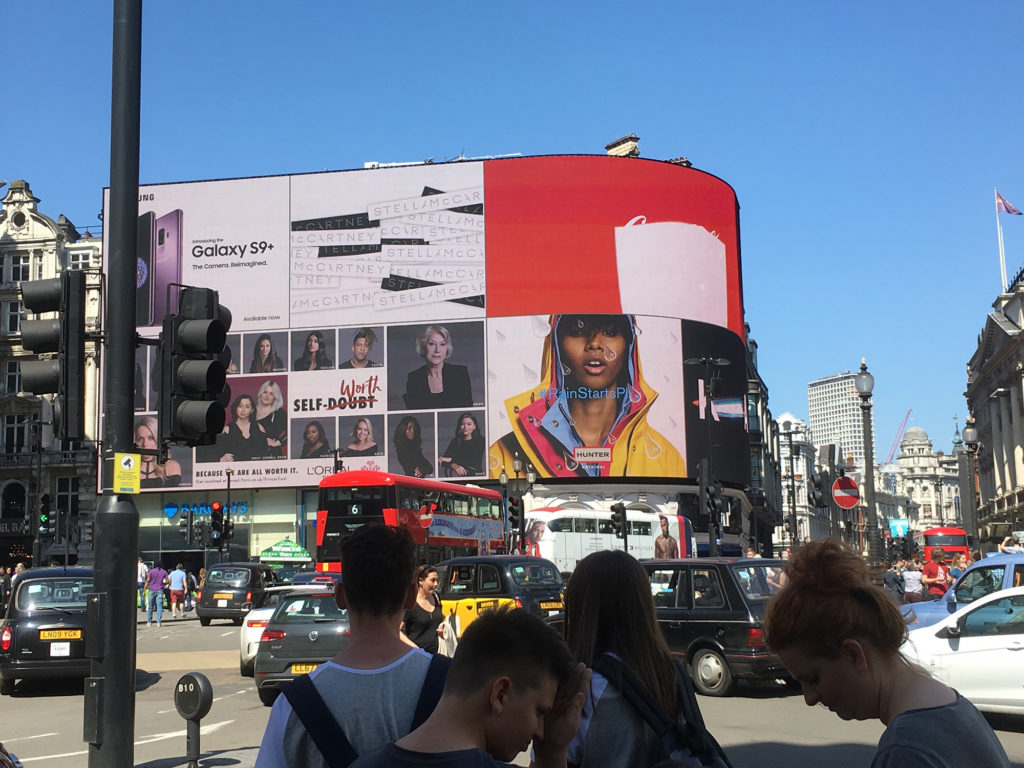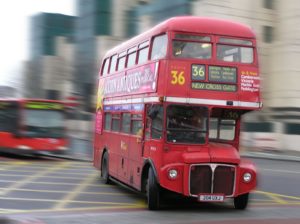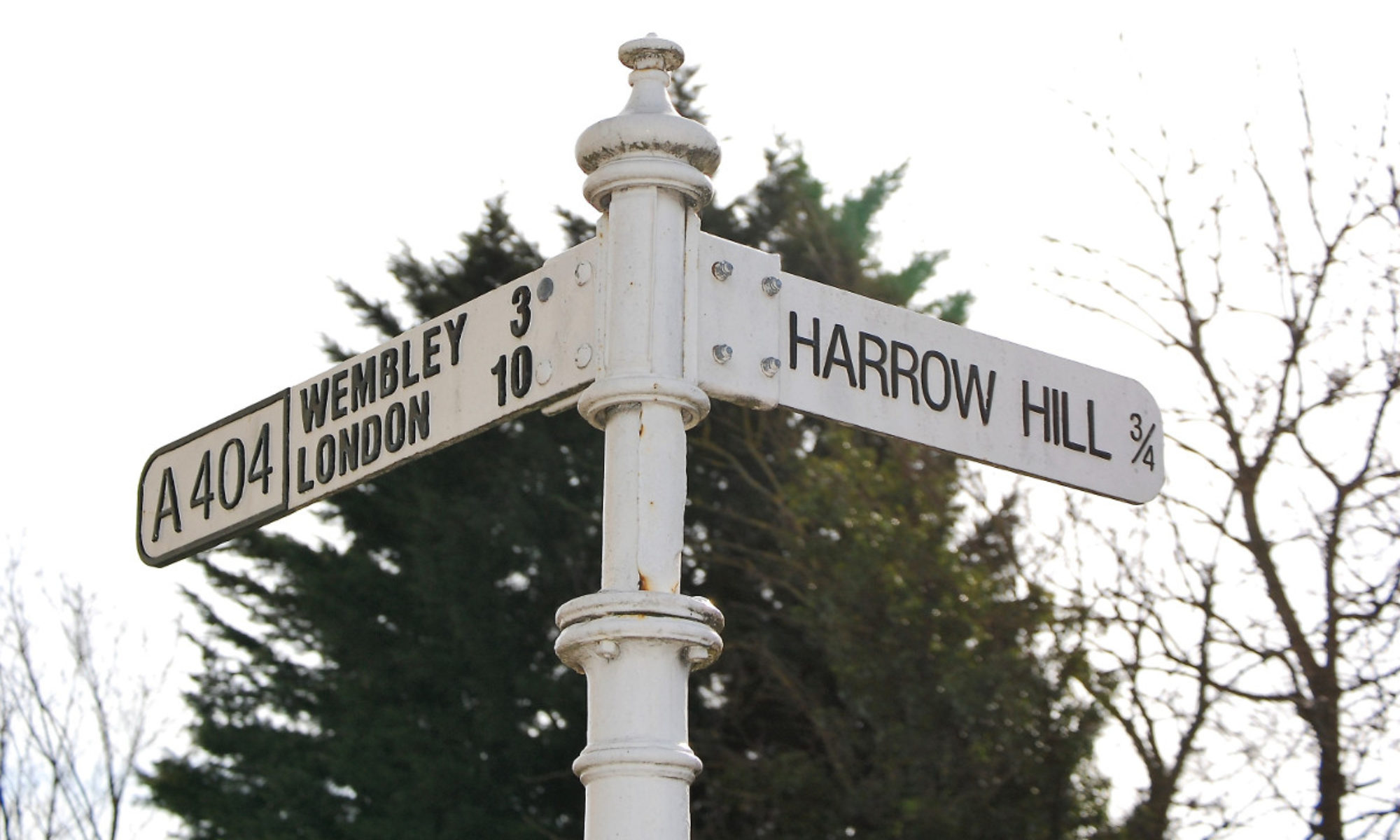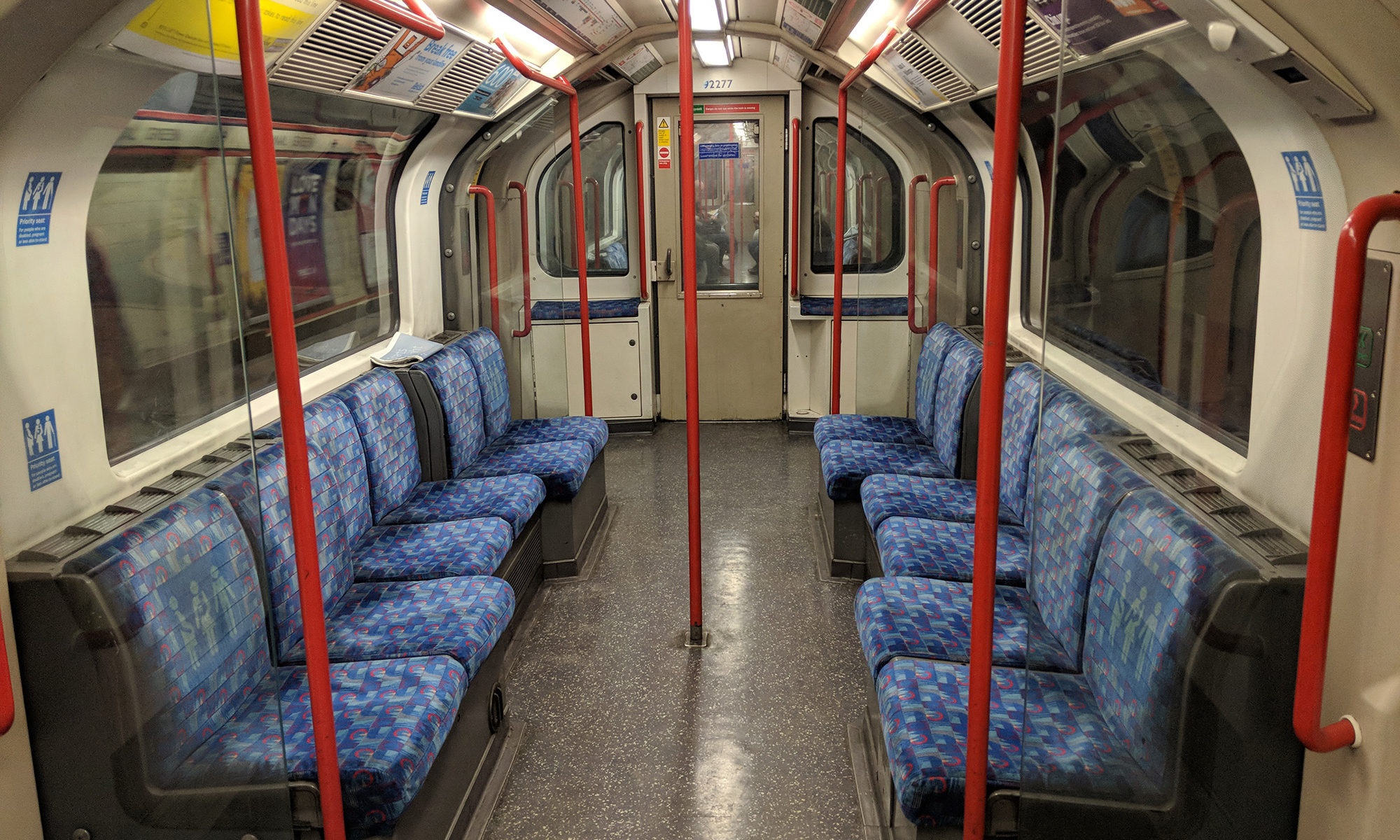 On the morning of my first day at work here, I stepped out of our temporary apartment into the February cold and tried to keep my mind focused on the immediate task: just getting there. Walking through the station parking lot, I fingered the new Oyster card in my pocket. How hard can this be? I thought. It’s one train. It’s a few minutes on one train.
On the morning of my first day at work here, I stepped out of our temporary apartment into the February cold and tried to keep my mind focused on the immediate task: just getting there. Walking through the station parking lot, I fingered the new Oyster card in my pocket. How hard can this be? I thought. It’s one train. It’s a few minutes on one train.
We’d made a trip the day before to go shopping in Watford, just up the line from Northwood, so I (sort of) knew the stops along the way: North Harrow. Pinner. Northwood Hills. Northwood.
After swiping my Oyster card to get through the turnstiles, I stopped. Which platform? Northbound or southbound? And what’s this National Rail Services? Impatient people mostly avoided running into me while I puzzled. How hard can this be, indeed. Northbound. I need northbound.
I took the stairs down to the northbound platforms. Yes, there were two. A train rolled up. I looked at its destination board: Metropolitan Line. All Stations. Uxbridge.
I dove on, found a seat, and relaxed. There. That’s taken care of.
“This is a—Metropolitan Line Train to—Uxbridge” said the automated announcer in her pleasing, presumably neutral accent with odd, fill-in-the-blank gaps.
The doors beeped a warning, then closed and we got rolling. “The next station is—West Harrow.”
I’m sorry, what? I looked up in alarm. Did I get on the wrong train? I GOT ON THE WRONG TRAIN!
At the time, I was mortified. When I got off the train at West Harrow, I was sure everyone knew what I’d done. I trudged over to the other platform, burning with shame.
Now, of course, I know that everyone gets on the wrong train sometimes. It happens. I also know how to navigate Transport for London’s magnificent transit system a bit better than I did, so getting around town isn’t such a daunting prospect any more.
Whether you’re here for a visit or moving here, your first step on arrival should be to buy an Oyster Card. This is a pre-paid travel card that costs £5 initially, plus whatever advance fare you put on the card. You can probably get away with £20 initially, bringing the total outlay to £25. You’ll find ticket booths at the airports and rail stations, or you can purchase from an automated kiosk. Our advice: choose pay-as-you-go as it’s cheaper than the “Day Travelcard” option. One card per person!
You can use those same kiosks to “top up” or add more credit to your Oyster Card. We had no trouble using our US debit cards in the kiosks. If you’re staying, once you have a UK debit card, you can register your Oyster Card to top up automatically so pay-as-you-go travel will be fairly hassle-free.
Your Oyster Card will get you on any London City bus (the modern red ones), Underground and Overground rail, RiverBus, some National Rail Services trains within Greater London, and the Emirates Air Line aerial tramway.
By now, you’re probably wondering how the Oyster Card got its name. Three reasons: the card is essentially a protective shell around a traveler’s cash the way an actual oyster is a hard shell containing a pearl, the association between London and oysters in the River Thames, and the idea that with the freedom to travel, “the world is your oyster.” (The more you know.)
As I discovered on my first morning commute, it helps to have the proper tools to navigate the TfL system. If you have a smart phone, download the Tube Map and Bus London apps. These make it possible to plan a trip without having to stand in front of the map at a bus or Tube stop while you puzzle out the connections between where you are and where you want to go. They’ll also tell you how long you’ll have to wait for your bus or train and warn you if there are any delays expected.
A word of caution about those apps: Don’t use the travel times they give you as gospel. That 42-minute travel time from Eastcote to Liverpool Street on the Metropolitan Line begins when you actually board a train, so factor in the time you’ll be waiting for a train’s arrival. Usually, that’s not a big deal; I’ve rarely had to wait more than eight or nine minutes for the next train, and it’s usually less than five minutes. Even so, if you’re planning to catch a train out of town, that short wait for the Tube at the beginning could make you miss your departure.
We quickly came to love the Tube. It’s so well laid out that it doesn’t take many trips to understand where the connections are located on your local line. If you’re like us, that’ll give you a sense of connection with this wonderful city and make you feel a little like a native.
Plus, there’s something primal about climbing up to the street from below ground, like a metaphorical rebirth. Not all Tube lines are completely underground; once you’re out of central London, they tend to run above ground. But the famous places you’ve dreamed about—Covent Gardens, Leicester Square, Piccadilly Circus—you get to by being underground.


Except for those romantic double-decker buses, London’s bus system is undoubtedly similar to any you’re familiar with. There is one key difference: They don’t take cash. Here, your Oyster Card is essential, unless you have a UK contactless debit card.
Once you’re on the bus, though, go ahead and climb up to the upper level, take a seat, and enjoy the view. Please be careful coming back down. The stairs are steep and it’s easy to take a tumble, especially if the bus is moving.
While we’re on the subject of safety: They’re not kidding when they say, “Mind the gap between the train and the platform.” There may be a height difference between the floor of the train and the platform, particularly for the older trains, many of which date back to the 1970s when there was less concern for passengers with mobility challenges. Another hazard to look out for is that some platforms are curved, and while trains bend, the individual carriages don’t. That can leave a surprisingly large gap between the floor of the carriage and the platform, big enough to step into. Really, please do mind the gap.
When you get here, don’t let the bowl of spaghetti that is the London Tube map intimidate you. Take a few minutes to plan your trip before you go somewhere new, and before long, there’ll be a moment when you realize you understand how the brilliantly laid out system works. It’ll probably happen on a train.




You seem to have adapted to the “TUBE” thus far. ME I would be scratching my head and looking around for help. KEEP POSTING love the adventure without the traveling across the pond.
Oh wow! Now I want an Oyster to travel the wild seas/streets of London… 🚌
I learned something about the name of the Oyster Card. Traveling the tubes through Lindon is awesome. Their system is pretty cool. Do you remember us riding double decker buses to schools at Feltwell?